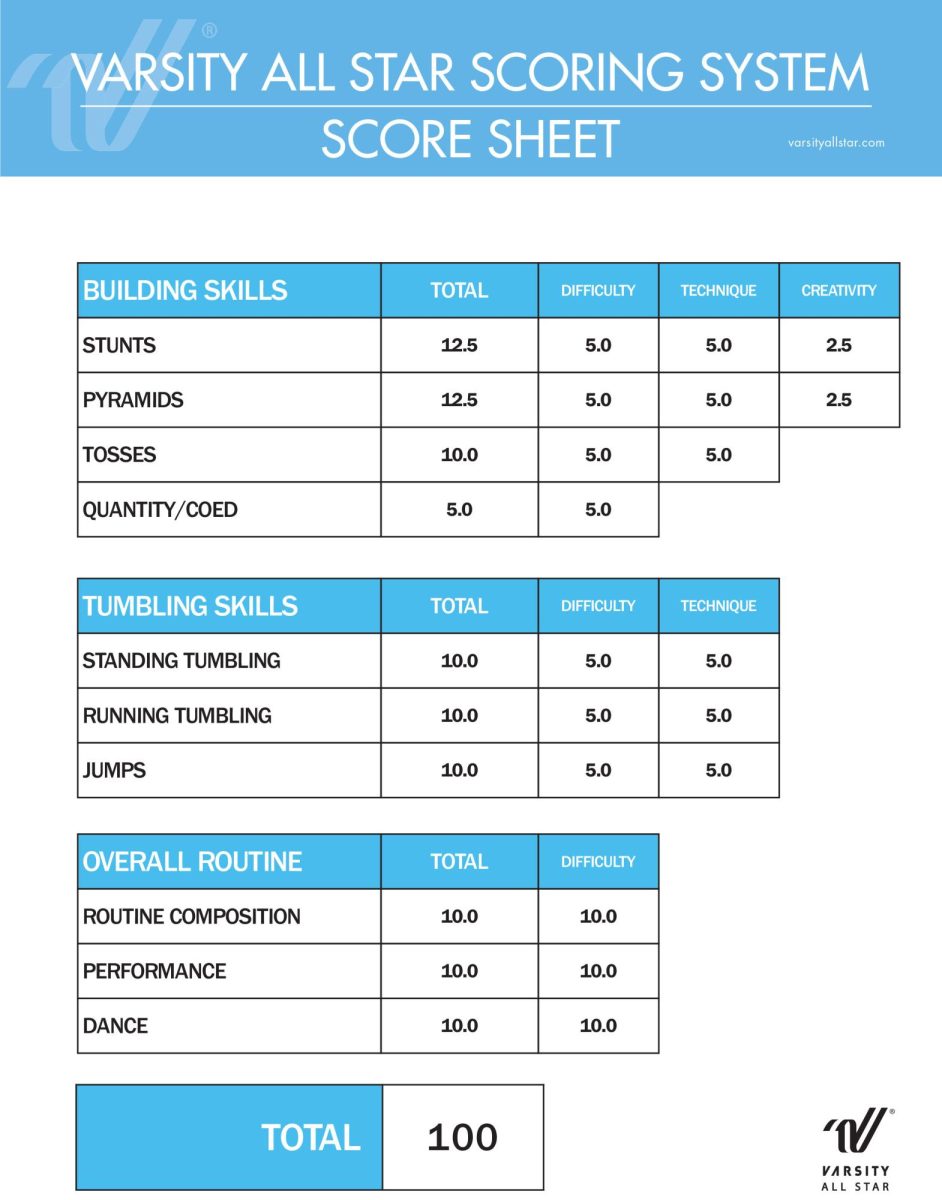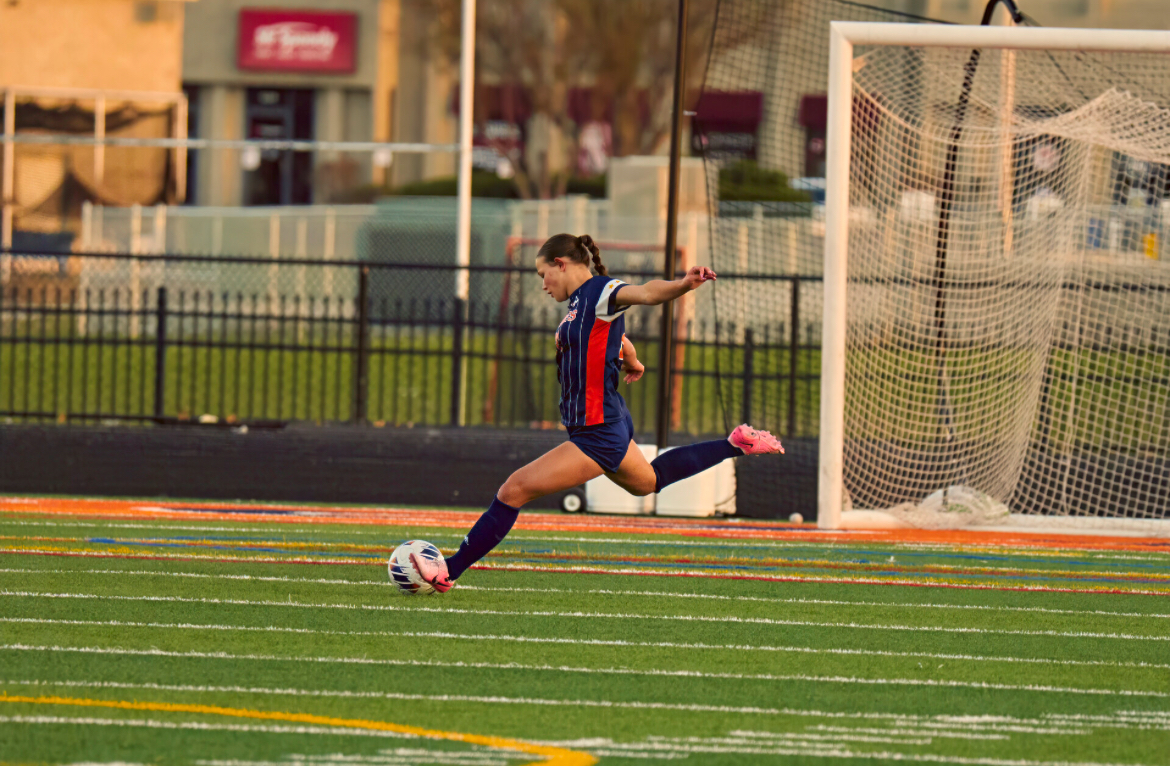Enduring the bitterly cold month of January is never easy, but watching the Universal Dance Association (UDA) nationals for college dance teams is easily a mentionable highlight of my month.
The prior 2025 competition set the stakes higher than ever before. With the University of Minnesota and Ohio State University battling over the D1A Pom and Jazz titles, viewers from all across the world were at the edge of their seats regardless of whether they were dancers since birth or had two left feet. From Jan. 17 to Jan. 19, these collegiate dancers took the stage at ESPN Wide World of Sports Complex at Disney World with immense amounts of determination and athleticism for the technicality that is demanded from them. However, the high standard of tricks they are capable of doing shouldn’t deter from what dance really looks like and how it is supposed to be judged.
If you’re unfamiliar with UDA nationals or dance competitions in general, the competition is split into three categories for the D1A teams, also known as the highest level of the competitors: pom, jazz and hip-hop. Pom includes cheerleading-like skills, with a majority of the routine having dancers do tumbling tricks, lifts and an unbelievable amount of pirouette variations, as well as the usage of pom-poms. Jazz dances are more interpretive than pom routines, but they still are highly technical. These routines often have large turn sequences and tumbling, but can also include a storyline and choreography that is individualized. Lastly, the UDA hip-hop category is different from what hip-hop foundation really is. These routines are full of in sync choreography and eccentric lifts to a hip-hop or R&B soundtrack.
Much like last year, Ohio State and Minnesota won in their respective categories (Ohio State for jazz and Minnesota for poms). Though their technical abilities are far beyond my comprehension, I still wish the judges and audience could see outside these two teams. In 2024, I was late to the UDA nationals trend, so I only watched the winning dances. The same trending issue is recurring this year. Of course Ohio State and Minnesota deserve the utmost respect from UDA viewers, but where is the encouragement and attention for those who didn’t place?
For instance, the University of Central Florida’s jazz routine took me by surprise. With their unique choreography done by the one-and-only Australian Paris Cavanagh, who changed the choreography game last year with her take on “The Diner” by Billie Eilish, I was sure they would place at least in the top 10. Similarly, the grit in the University of South Carolina’s jazz dance was unmatched. Both of these teams didn’t place in the top 10 but made the top 20. While these dances weren’t the most technical or the strongest of performances, they showed that dance isn’t just a sport, it needs to honor and uphold a basis of artistry.
In the hip-hop category, for nearly every team I watched, I was astonished by their skill; yet they seemed to provide no real understanding of hip-hop. Simply put, hip-hop is the umbrella term of many styles: breakdancing, locking, popping, waving, house. It’s not just a subjective non-foundational concept that can be applied to any dance wearing sneakers. The art of hip-hop dance can come in many mediums, but it can’t be overridden by synchronization of over accentuated body rolls and twerking. These dancers are phenomenal with what they are given, but the choreography doesn’t match the name, and neither do the scoring standards. Hip-hop dance has an imperative historical context and should only be applied if deeply understood. Hip-hop has been a foundational necessity of many commercial and universal styles we see in our culture today, but where did it start up from? Since 1973, the birth year of the style, hip-hop dance has been a safe haven for marginalized communities who were able to come together against political warfare and human rights issues. Unfortunately, these dance team hip-hop choreographers seem to not be educating their students, and they most likely aren’t educating themselves. This resulted in the interpretation of what hip-hop really is and stands for getting thrown off. There is no “correct” way to do hip-hop, but the belief there is a technical scale of skills that need to be incorporated within the hip-hop routines shows they are ignoring the foundation of hip-hop.
The world of dance is intensely being commercialized at a rapid pace, but this doesn’t justify the erasure of foundation and artistry in dance. In order to show appreciation for dance history, never fall short of keeping yourself educated with historical context.














